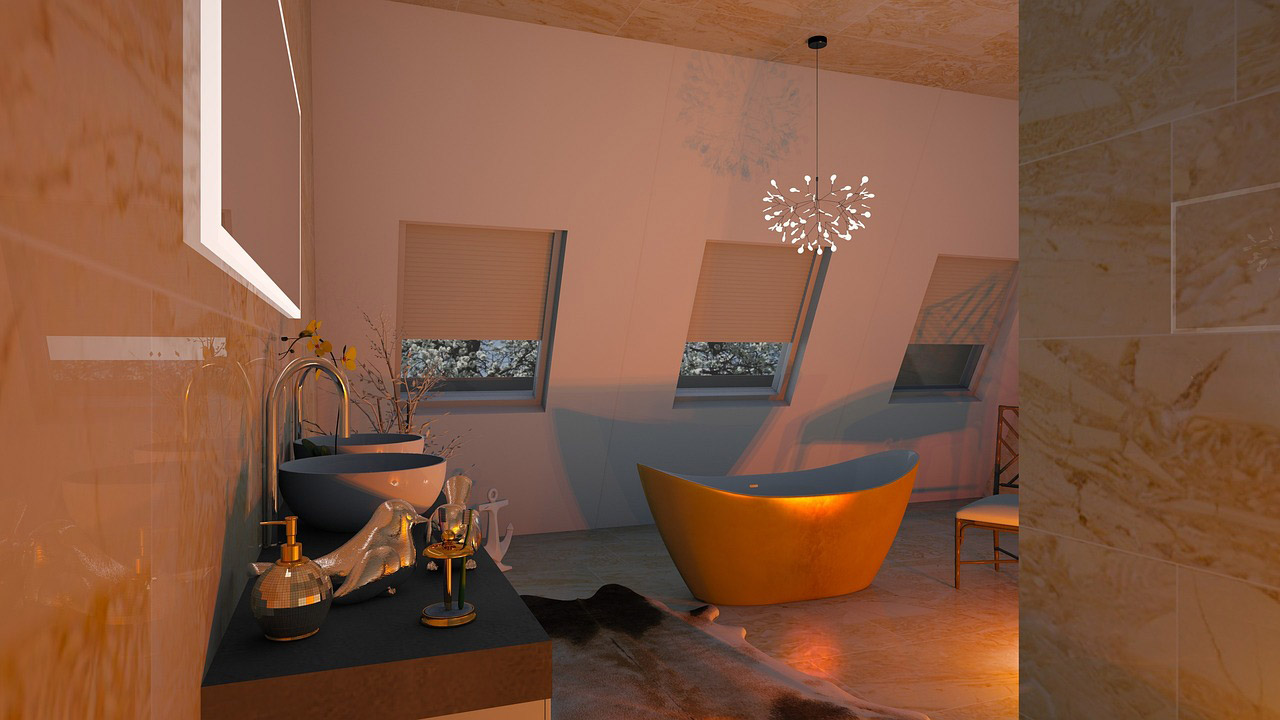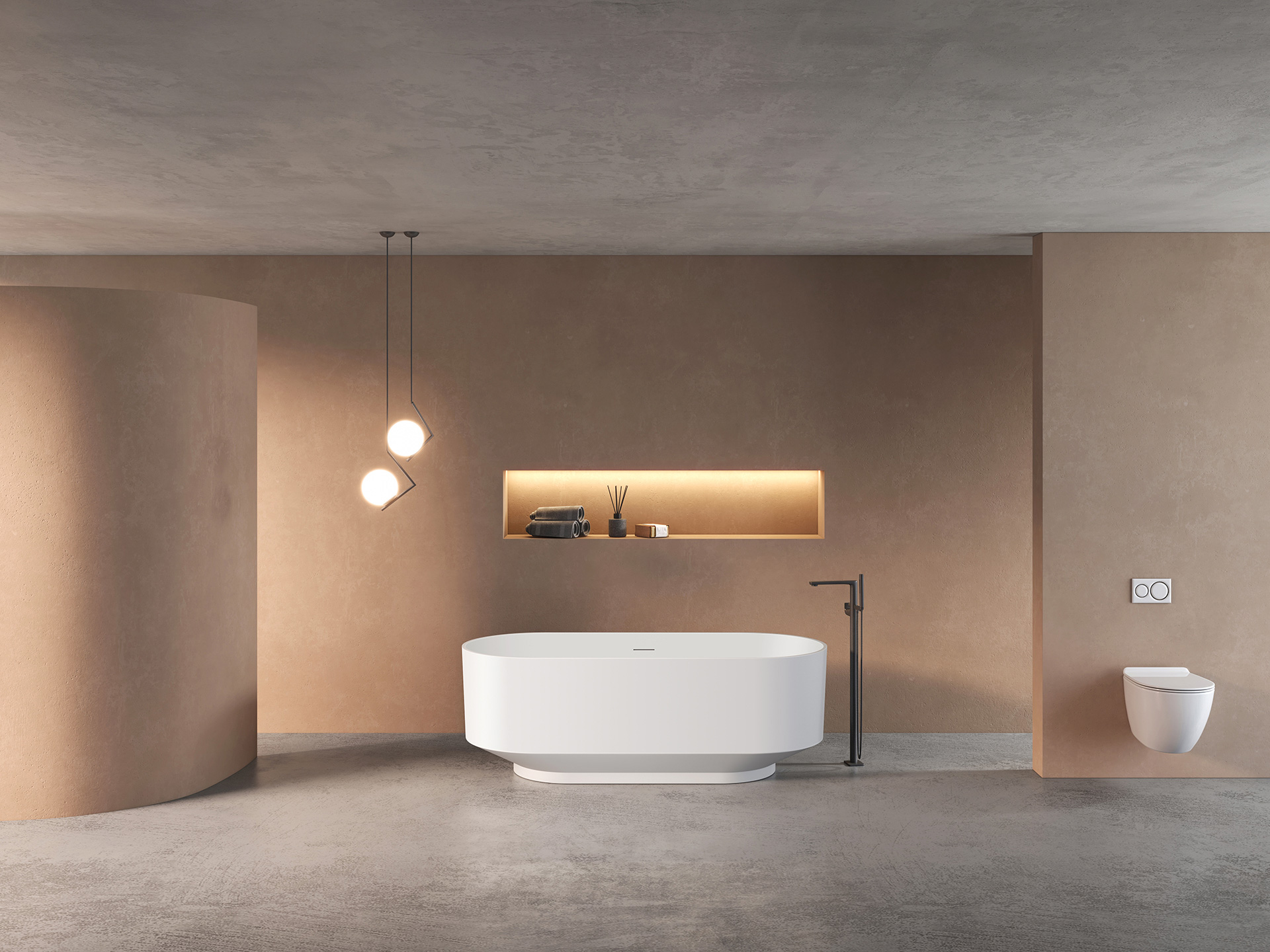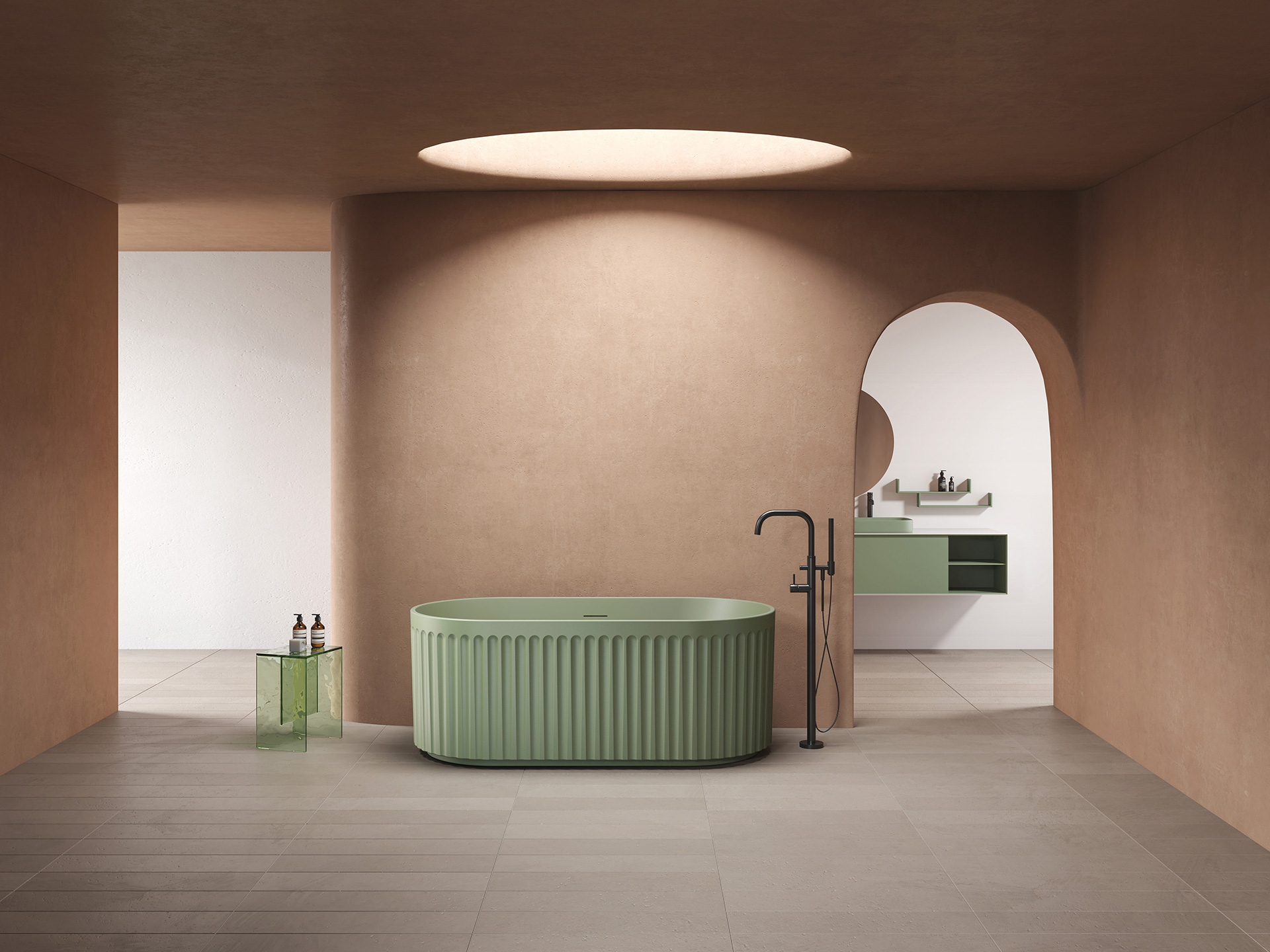The difference between an acrylic bathtub and a ceramic bathtub lies in material, shape and price.
Material: Acrylic bathtubs are mainly made of polypropylene material while ceramic bathtubs are made of ceramic material.
Acrylic is a plastic polymer chemical material with good transparency, chemical stability and weather resistance, easy to dye, easy to process, and beautiful in appearance. The insulation effect is high, the weight is light and easy to transport and install, the scratches on the surface can be repaired, and the price is relatively cheap. However, the surface of the acrylic bathtub is easy to scratch, and the bottom is easy to be stepped on if it is not handled properly, and it will turn yellow after a long time of use.
The ceramic bathtub is made of ceramic clay and has a high glaze finish, which can improve the overall grade of the bathroom. The material is thicker and more durable. However, ceramic bathtubs are too heavy to be transported. They are afraid of bumps and cracks easily.
Styling: Acrylic material is easy to process into bathtubs of various shapes and sizes, so acrylic bathtubs usually have more design and style options. Ceramic bathtubs, on the other hand, usually have a simple, elegant design.
Price: Due to the difference in materials and production costs, acrylic bathtubs are usually cheaper than ceramic bathtubs, but there are also high-end styles that are more expensive than ceramic bathtubs.

Some families will think of installing a bathtub in the bathroom when they are renovating. When they are tired and want to relax, they can take a rose bath with a glass of wine next to them and some music. This scene is very beautiful. But when buying a bathtub, it is often entangled in what material to buy. For example, acrylic and ceramic bathtubs, do you know the difference between them?
The market share of acrylic bathtubs is relatively objective. The surface is made of polypropylene methyl, and the back is made of resin plaster and glass fiber. When purchasing, pay attention to observe whether the overall color is uniform, the surface is smooth, and there are no layers or bubbles. The thickness of the surface layer is generally more than 3 mm, and it is firmly combined with the glass fiber without peeling off.
This kind of bathtub is easy to shape, has good thermal insulation performance, and good gloss; it is light and easy to install, and has rich shapes and color changes. The key is that the cost of acrylic bathtubs is relatively cheap. However, acrylic materials also have disadvantages, such as relatively loud sound when injecting water, poor high temperature resistance, non-wear resistance, and easy aging and discoloration of the surface.
The ceramic bathtub is made of ceramic clay and has a high glaze finish, which can improve the overall grade of the bathroom. Putting it in the bathroom instantly improves the style. It has good ornamental value, and the material is thick and durable. But its shortcomings are also obvious. It is bulky and difficult to transport. It cannot be bumped. It is too smooth and easy to slip. If it is cracked or scratched, it cannot be repaired.
Compared with the two, the heat transfer of acrylic bathtub is slow, so it has good heat preservation. Compared with ceramic bathtub, it can give people a warm feeling when touching the body surface, and it will not hurt too much when touching the body. But it should be noted that the bottom of the acrylic bathtub should be covered with yellow sand cement paste during installation, and it should not be vacated or only rely on a few support points, otherwise it will easily break when stepping in.
Through the above analysis, it is recommended that you choose acrylic bathtubs from a practical point of view. Of course, if your budget is sufficient and you only focus on viewing and improving the style of your home, please feel free to choose.


